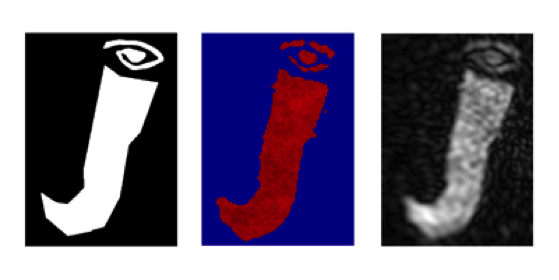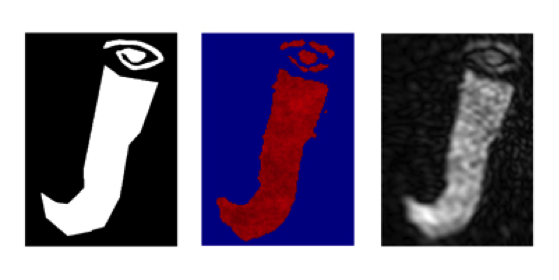Charting New Spectral Regions with Ghost Holography
Operating on the principle that quantum weirdness is a feature not a bug, physicists in the 1990s found a way to exploit quantum effects to improve optical imaging. This “ghost imaging” uses correlations between photons to build up pictures of an object by detecting photons that do not actually interact with the object. Researchers have reported a number of implementations of ghost imaging but the interpretations of the effect are highly controversial. Now, Pere Clemente of the University of James I, Spain, and colleagues report in Physical Review A a system that captures phase and amplitude information of an object by combining ghost imaging with digital holography.
Holographic imaging is typically done by splitting a laser beam in two, shining one beam on an object and then letting that modified light interfere with a reference beam that does not hit the object. The recorded interference pattern can be read out with another laser to form a three-dimensional real image. By using multipixel electronic cameras rather than photographic film, researchers can computationally analyze and process the data for better effect. Clemente et al. modify this setup for ghost imaging by replacing the camera with a single-pixel detector (as conventionally used in ghost imaging) by using a randomly structured optical beam and scanning for a set of discrete phase shifts in the reference beam (that is, the beam not directly influenced by the object).
The authors report that with careful processing of the photon correlations, they were able to collect full phase and amplitude information and thus construct three-dimensional images of sample objects. Moreover, they are able to do this with high signal-to-noise ratios, more than an order of magnitude higher than conventional ghost imaging. With a system like this, conclude the authors, high-quality imaging might be possible in hard-to-reach parts of the spectrum, terahertz wavelengths being a key target. – David Voss





